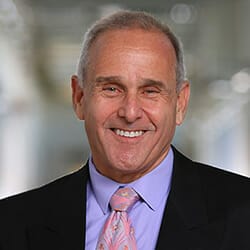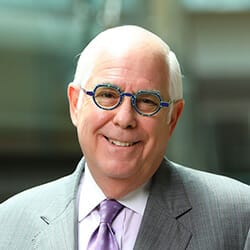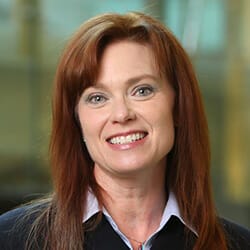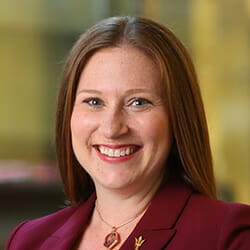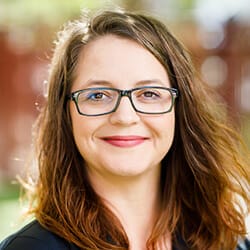Search for our experts
Virginia G. Piper Center for Personalized Diagnostics
Faculty
Researchers
Administration
Center for Sustainable Macromolecular Materials and Manufacturing
Faculty
Researchers
Administration

Collaboration inspires innovation
Breaking boundaries with purpose
At Biodesign, we believe that our best chance of achieving success in health, sustainability and security is by working together. We purposefully blur traditional boundaries to connect physicists, microbiologists, neuroscientists, clinicians and more in order to find effective solutions inspired by nature.
Science happens at intersections. It’s a convergence. Even the architecture of the building encourages connection, bumping into each other.
Behind the research
Top scientists collaborating across disciplines
Our hundreds of experts — biologists, physicists, chemists, engineers, mathematicians — solve some of the world’s most urgent problems in health care, sustainability, security and more.
